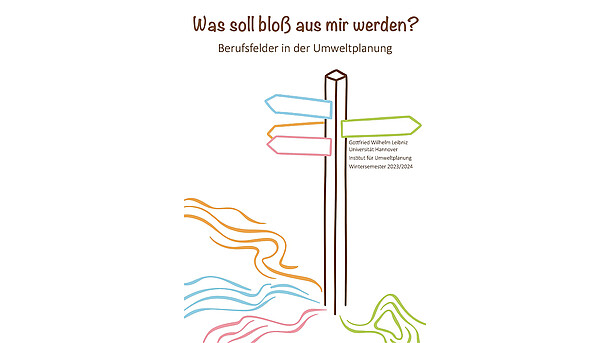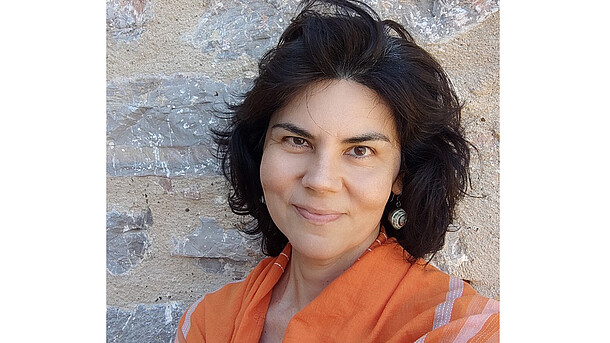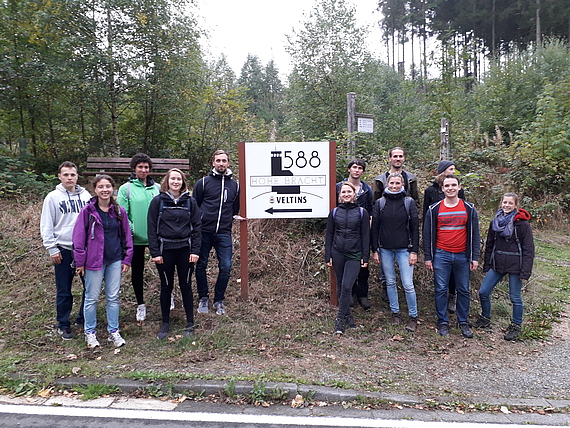
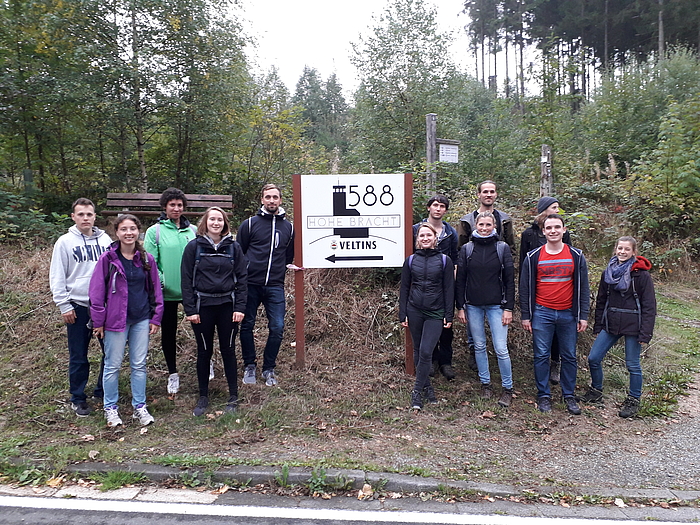
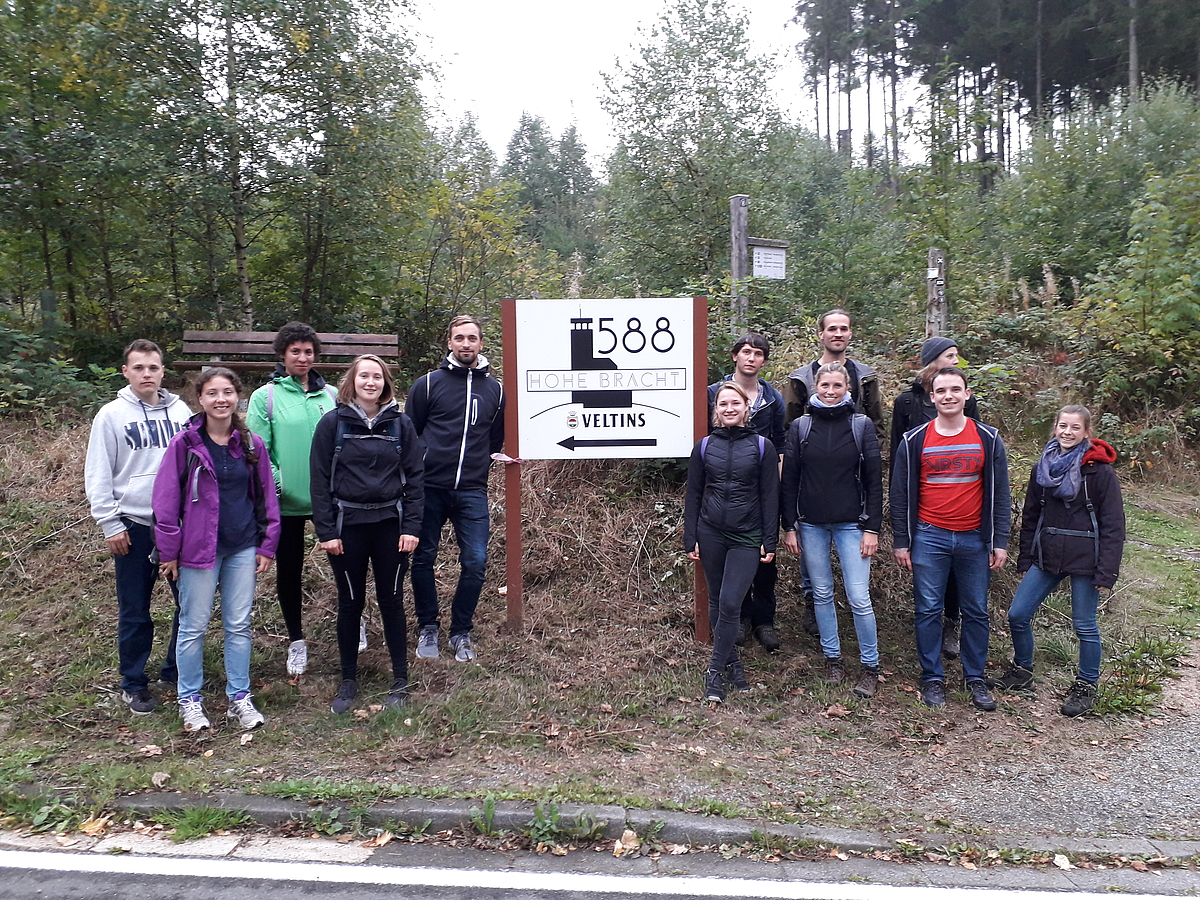
Student report on an excursion to the Sauerland Rothaargebirge Nature Park
In the late summer of 2018, twelve students from Leibniz Universität Hannover spent a week in the Sauerland Rothaargebirge Nature Park, more precisely: in the eastern part of the Olpe district. For several years now, "the Sauerland excursion", which is managed almost exclusively by public transport and on foot, has been a regular feature of the Bachelor's and Master's degree courses in landscape architecture and environmental planning.
This year, the focus was to be on people and initiatives that "move the country", i.e. that - depending on their interests and possibilities - set impulses in village and regional development, especially in agriculture and horticulture, nature conservation and monument preservation, tourism and cultural life.
The group set off from Hanover by train on 3 September together with Dr Roswitha Kirsch-Stracke, first to Altenhundem. Here, in the converted railway station building, now Café Heimes, the students were warmly welcomed by Susanne Kues-Gertz, the deputy head of the tourist information for the communities of Lennestadt and Kirchhundem. The forestry graduate gave a first impression of the extensive tourism offer and its development. The fact that the German Hiking Association (DWV) has awarded the "Sauerland Hiking Villages", which also include places in the municipalities of Lennestadt and Kirchhundem, as the first "Quality Region Wanderbares Deutschland"(„Qualitätsregion Wanderbares Deutschland“) was new to many in the group. The region's tourism promotion clearly values the "beautiful landscape". This means that there is a focus on offers to experience nature and that hiking and cycling in particular are promoted, primarily through appropriate trail development. As an example, Ms Kues-Gertz presented the recently opened "Rahrbach Poetry Trail"(„Rahrbacher Poesieweg“), which aims to encourage "inner contemplation, inspiration and deeper encounters with nature".
Strengthened and informed, the group continued by bus and on foot to Hohe Bracht, a 588 m above sea level mountain between Altenhundem and Bilstein. The lookout tower on the Hohen Bracht, built in 1930 to promote tourism and as an excursion destination for the local population, has been renovated in recent years. Soon after it was built, the tower had become the landmark of the Olpe district. In the past, it served as a youth hostel, among other things, but today it is home to an attractive restaurant. Joachim Sondermann from Olpe provided information on the redesign of Hohe Bracht. The local landscape architect is responsible for the successful redesign of the outdoor area. Mr. Sondermann talked about the basic design idea of bringing tranquillity into the open space and opening up the view into the landscape. In addition, the use of regional materials was very important to him. Thus, slabs of Keratophyr were used for the enlarged terrace. This crystalline igneous rock occurs in the eastern district of Olpe. Since the early 20th century, it has been quarried mainly in Würdinghausen and used as building stone, as happened 88 years ago for the tower on Hohe Bracht. However, the new large floor slabs did not come from the quarries in Sauerland, but had to be procured from abroad. During the reconstruction, the landscape architect was faced with a number of previously unimagined tasks. A lot of earthworks had not been planned for beforehand, but still had to be mastered. An old sewage system and the placement of an oil tank were new challenges, which the students felt the landscape architect solved exceptionally well. The basic idea of bringing tranquillity to the site was achieved by limiting the materials to a few and by refraining from too small-scale spatial differentiation.
After descending from the Hohe Bracht and shopping for dinner, the group went by bus to Kirchhundem-Heinsberg, to the backpackers' hostel on the Rothaarsteig. Here, the students found a 250-year-old, lovingly furnished half-timbered house with a spacious loft, a stove and a beautiful common room complete with kitchen. Owner Christoph Henrichs, a teacher and committed villager, welcomed the group personally and gave an insight into the conversion of the listed farmhouse into a hostel, which has been in operation since 2000.
After the first restful night, the excursion group set off on Tuesday towards Oberelspe. There, Dr Gregor Kaiser, social scientist, biologist and political scientist with a doctorate, awaited them. After his studies, he took over his parents' agricultural and forestry business and switched to organic Christmas tree cultivation. His crops include blue spruce, Nordmann fir, Nobilis fir and cork fir. Shropshire sheep keep the young trees free of herbaceous growth, so that neither glyphosate nor similar chemical agents need to be used. The farm is Naturland-certified. The Kaiser-Kilgus family has four children, and the parents share the educational and domestic work. Furthermore, Gregor Kaiser is involved in local politics and in the action group "Es TUT sich WAS e.V.". This initiative has been fighting right-wing radicalism and promoting tolerance and humanity in rural areas for 25 years and organises intercultural concerts and art workshops, for example. The farm's own library and its involvement in supra-regional associations such as the Arbeitsgemeinschaft Bäuerliche Landwirtschaft (ABL) and the Gen-Ethische Netzwerk (Gen-Ethical Network) also show how much Mr Kaiser cares about rural development.
Following the tour of the farm and stimulating discussions, the group set off with Jukka Kilgus to the hikers' hut of the Oberelsper local group of the Sauerland Mountain Association (SGV). On the way, the high school graduate reported on his personal village experiences. Jukka is involved in youth work and publishes a village newspaper together with some others. After refreshments at the SGV hut, where many different events take place during the year and also the Oberelsper Juice Press Days, the group hiked to the Almhof and the Solidarischen Landwirtschaft Almhof Elspe e.V..
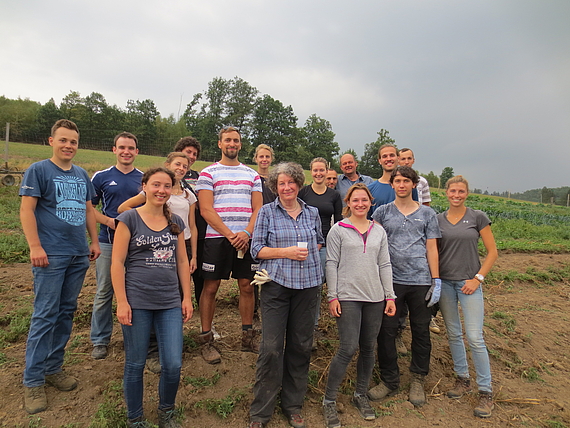
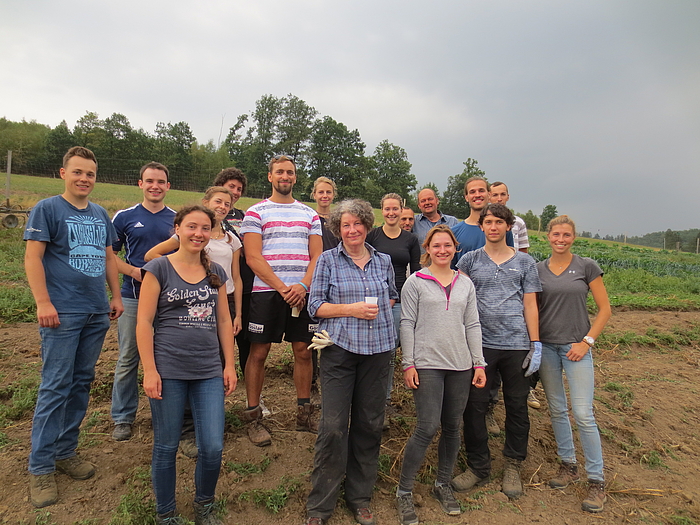
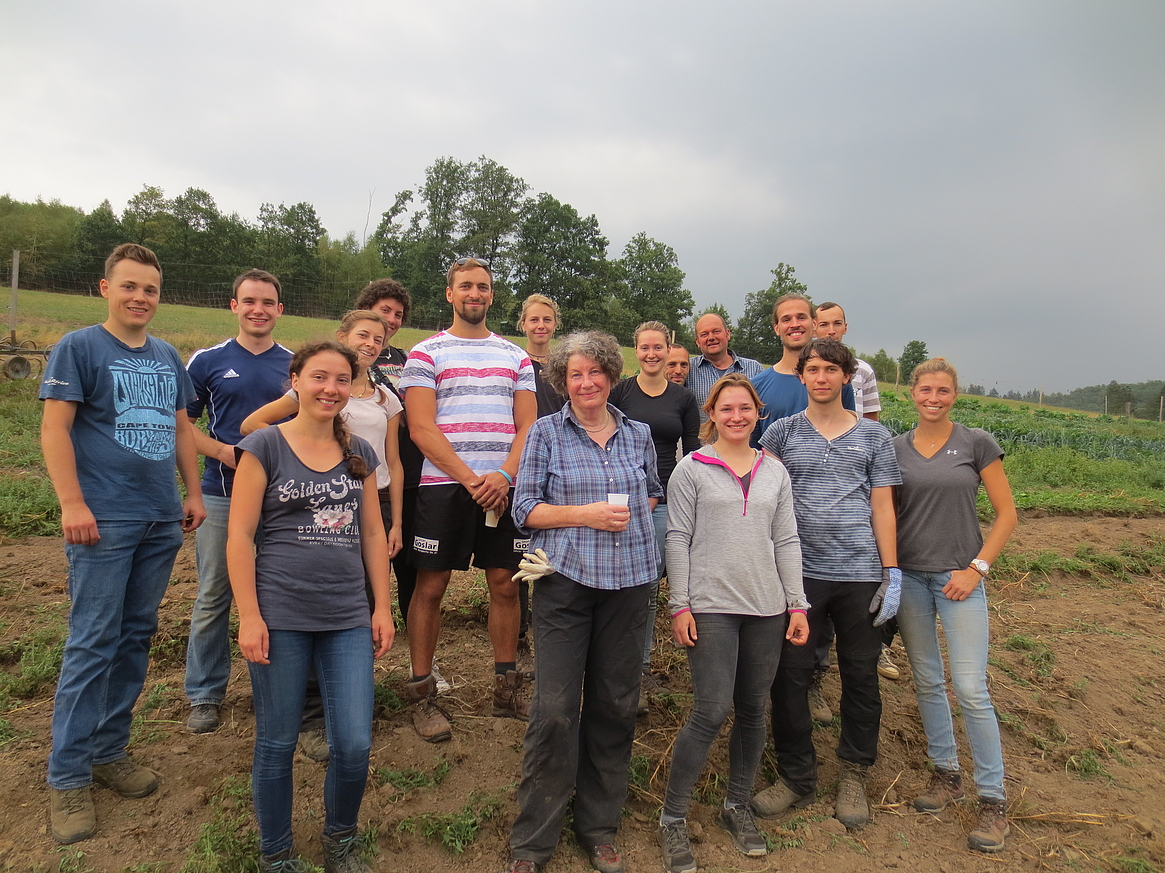
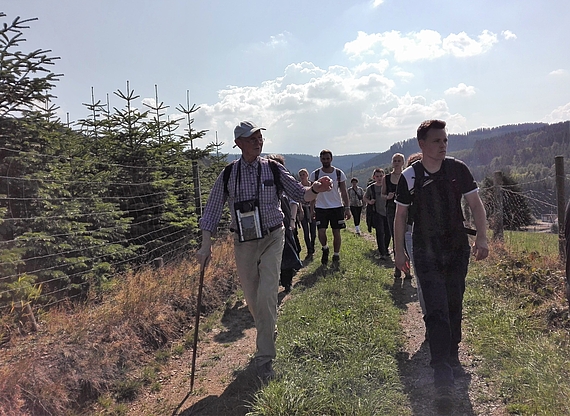
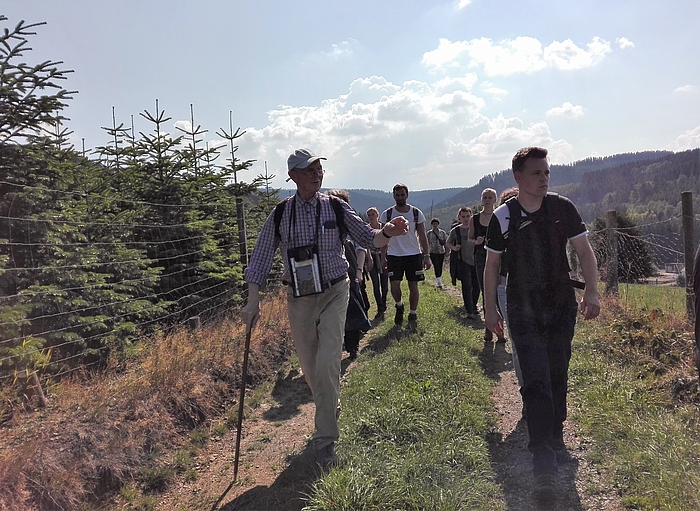
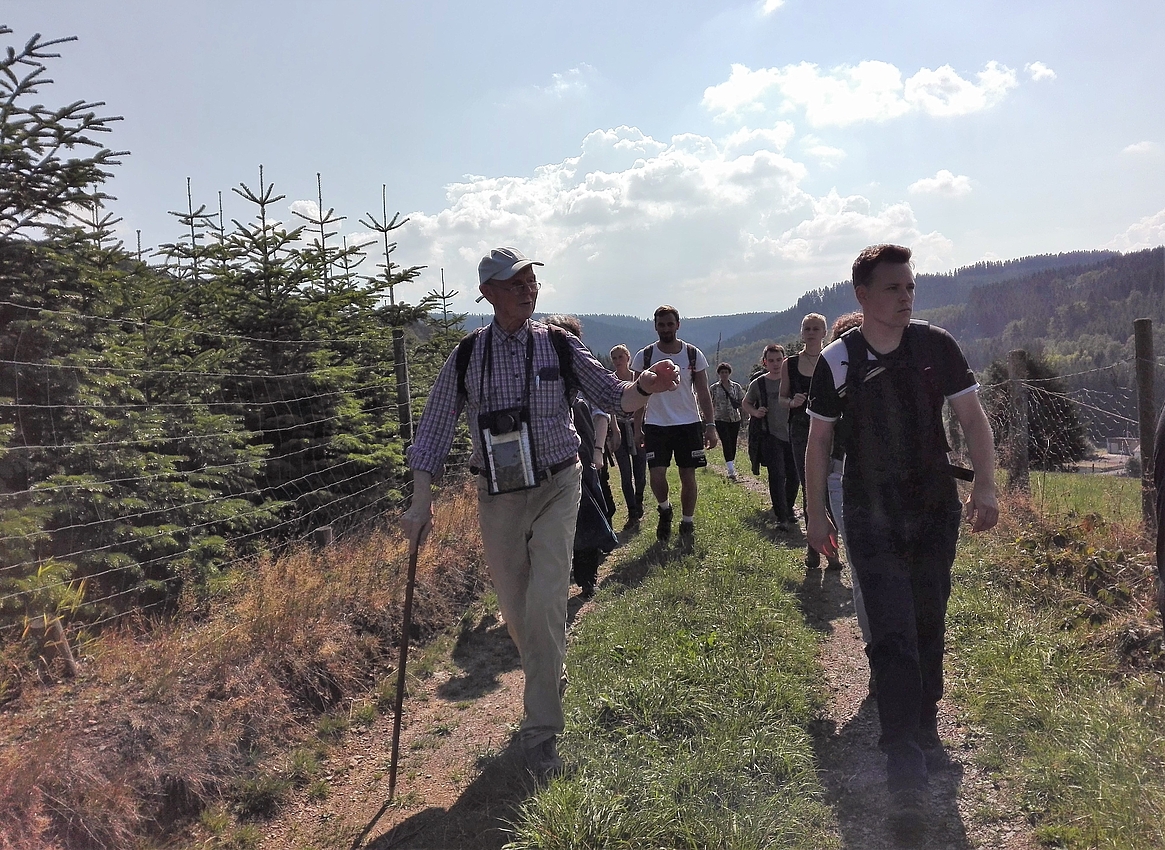
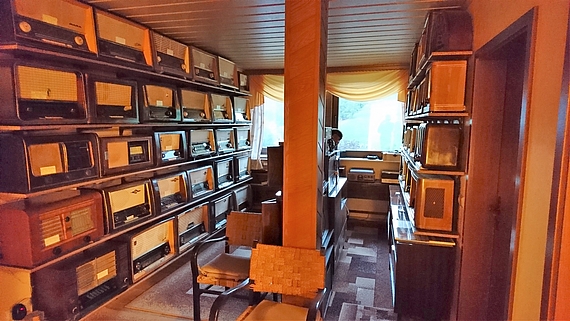
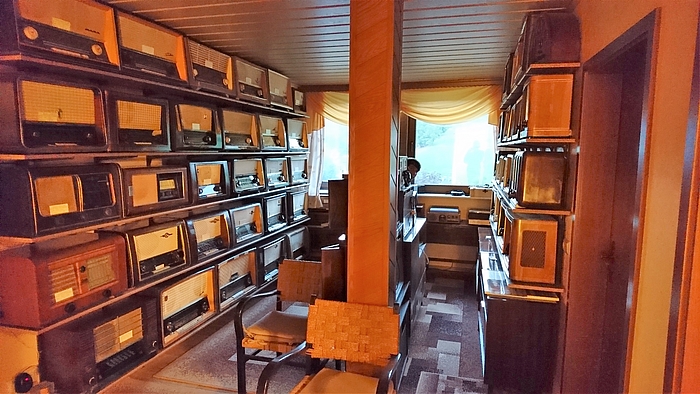
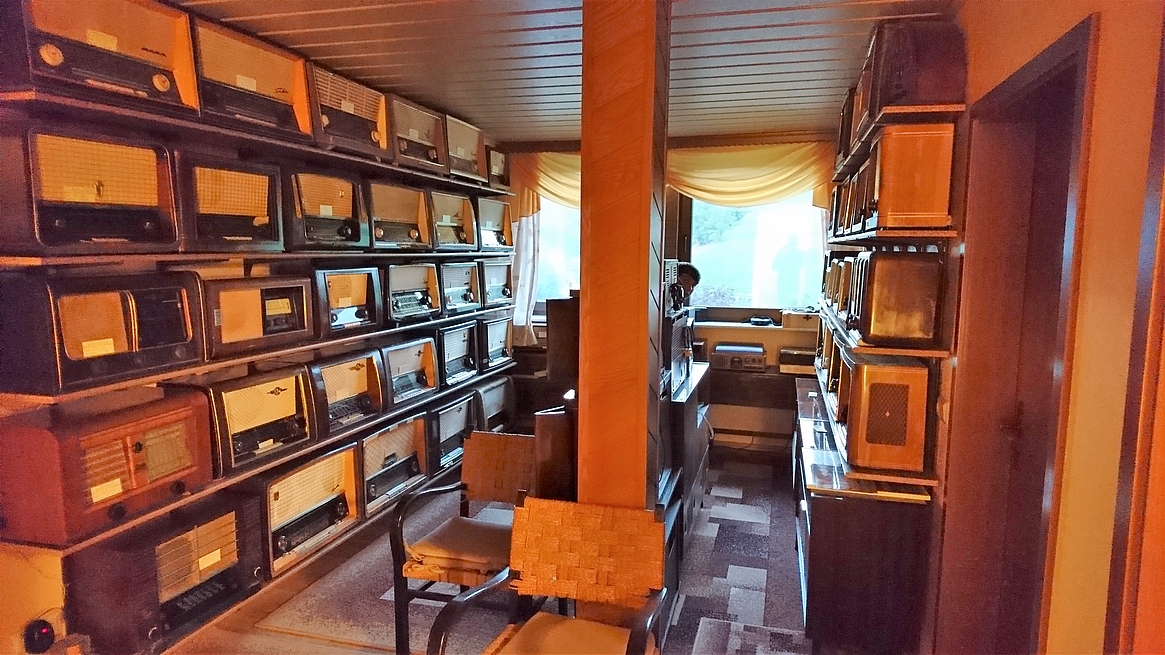
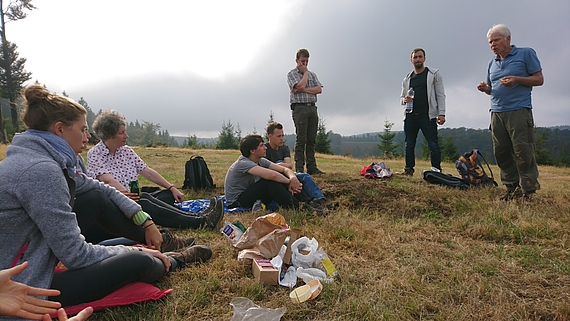
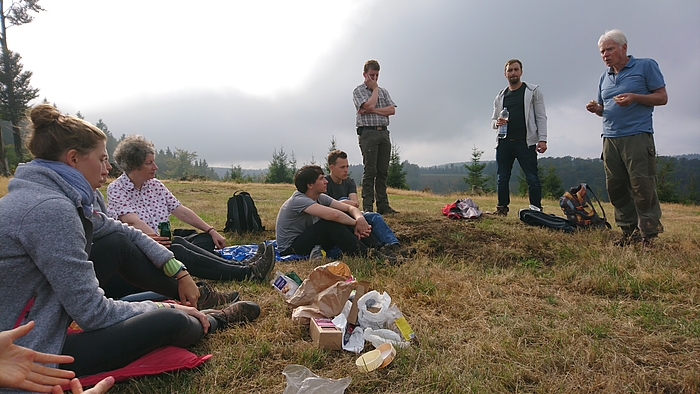
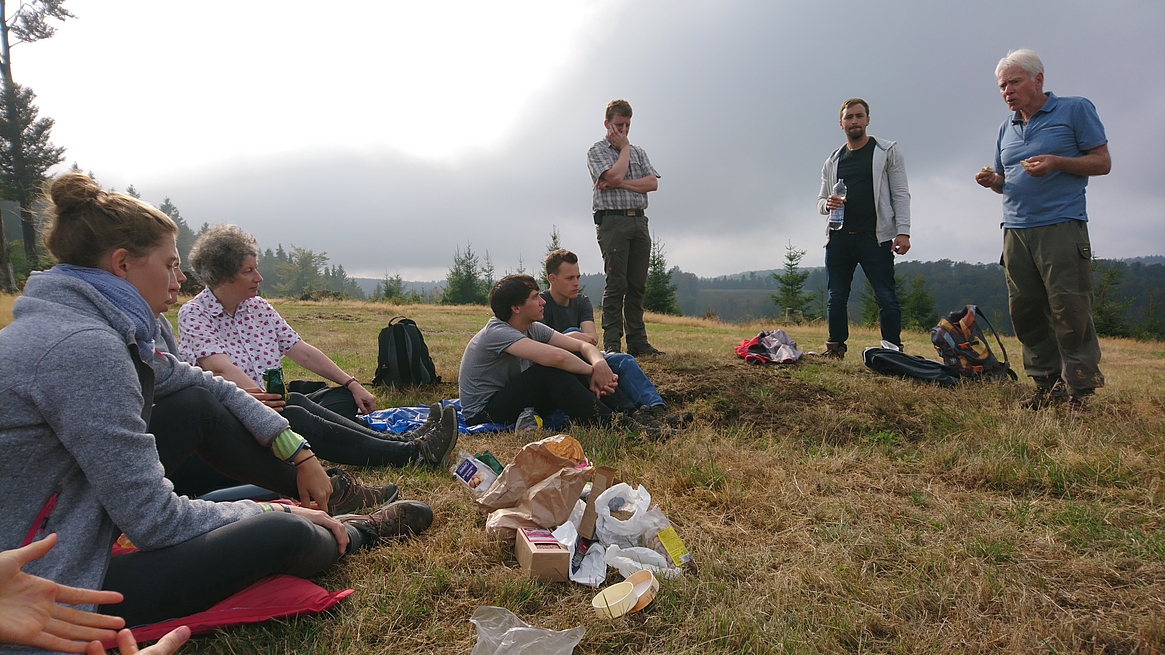
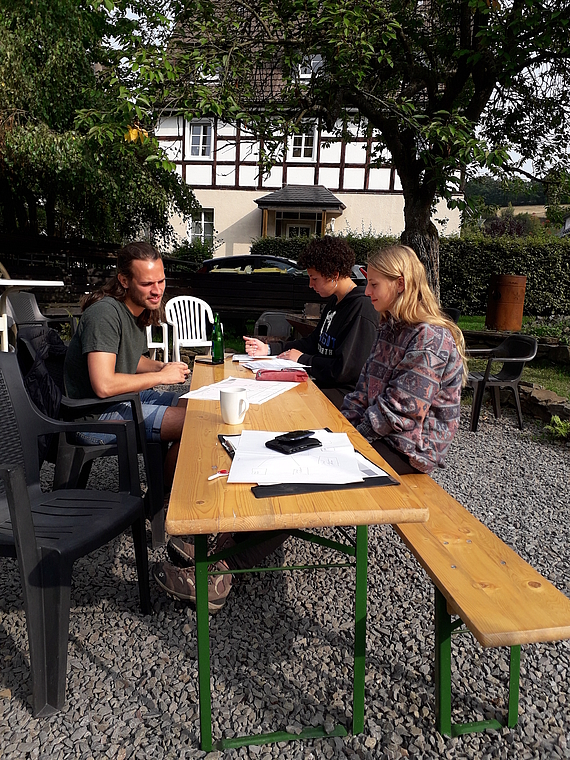
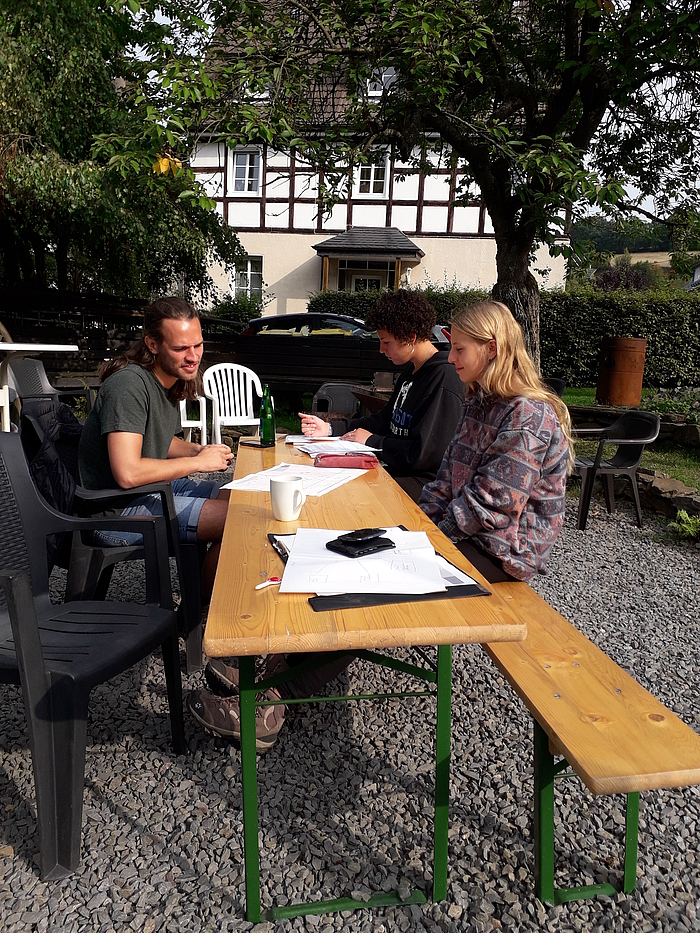
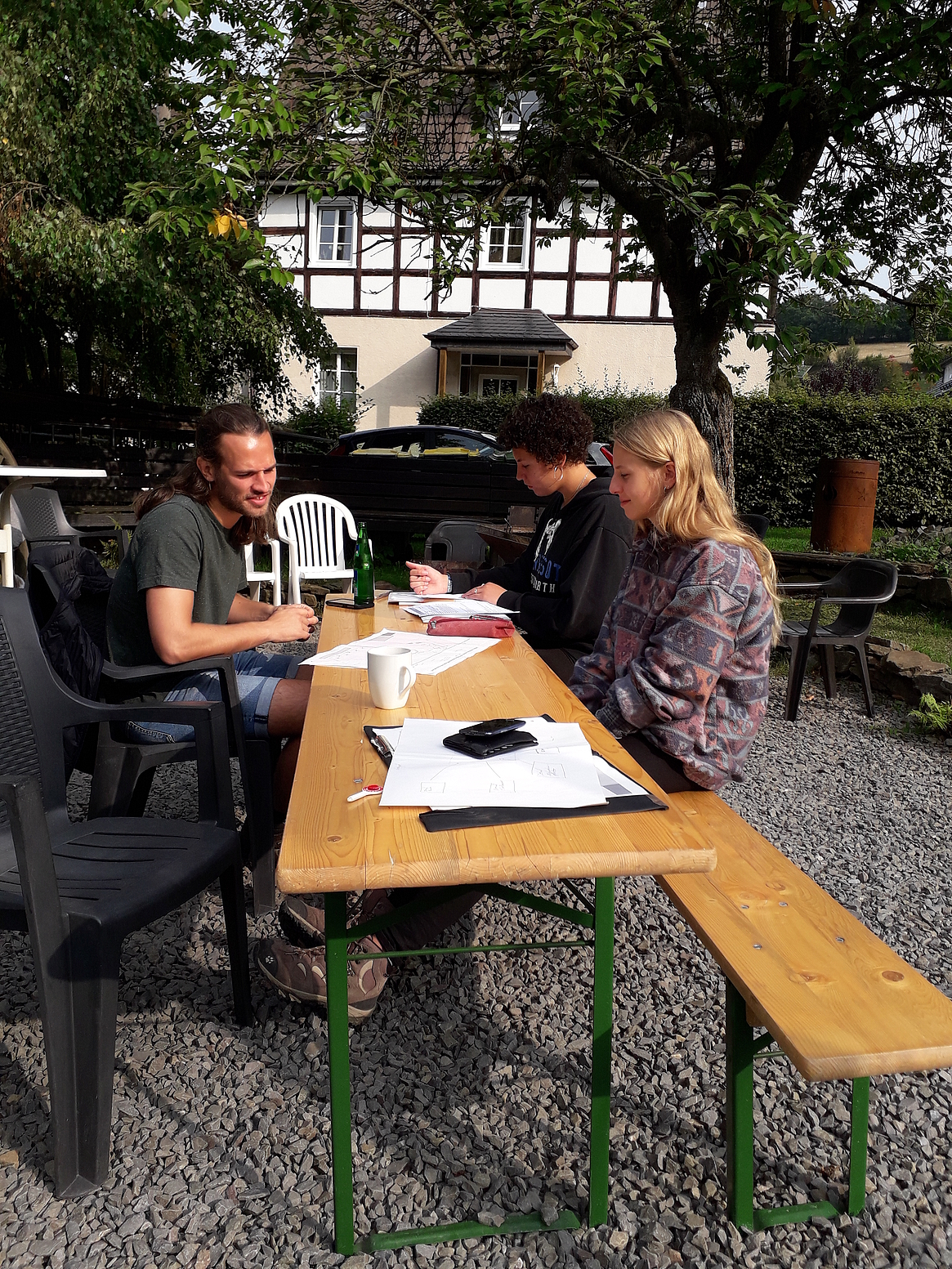
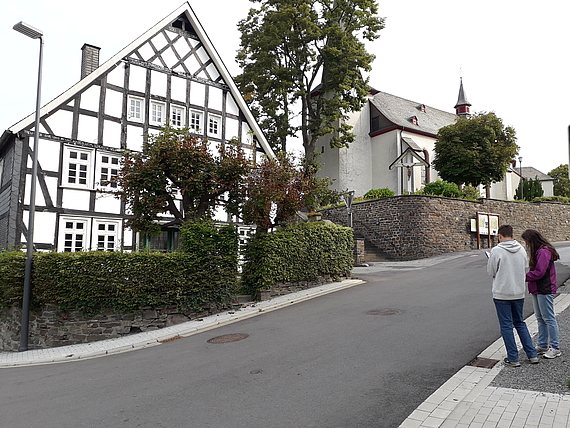
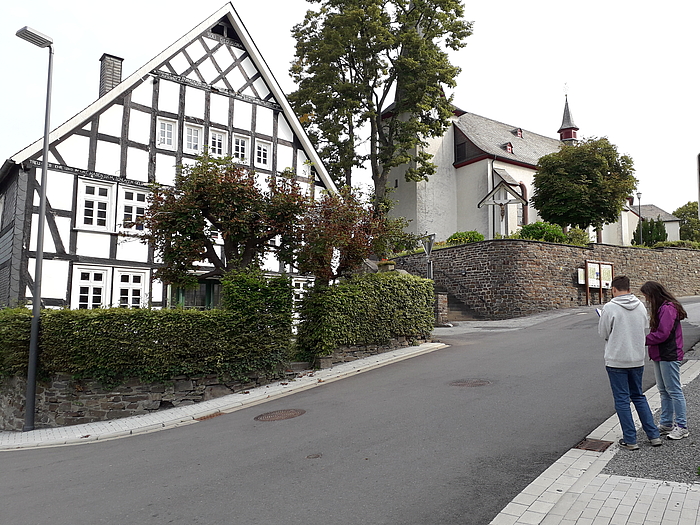
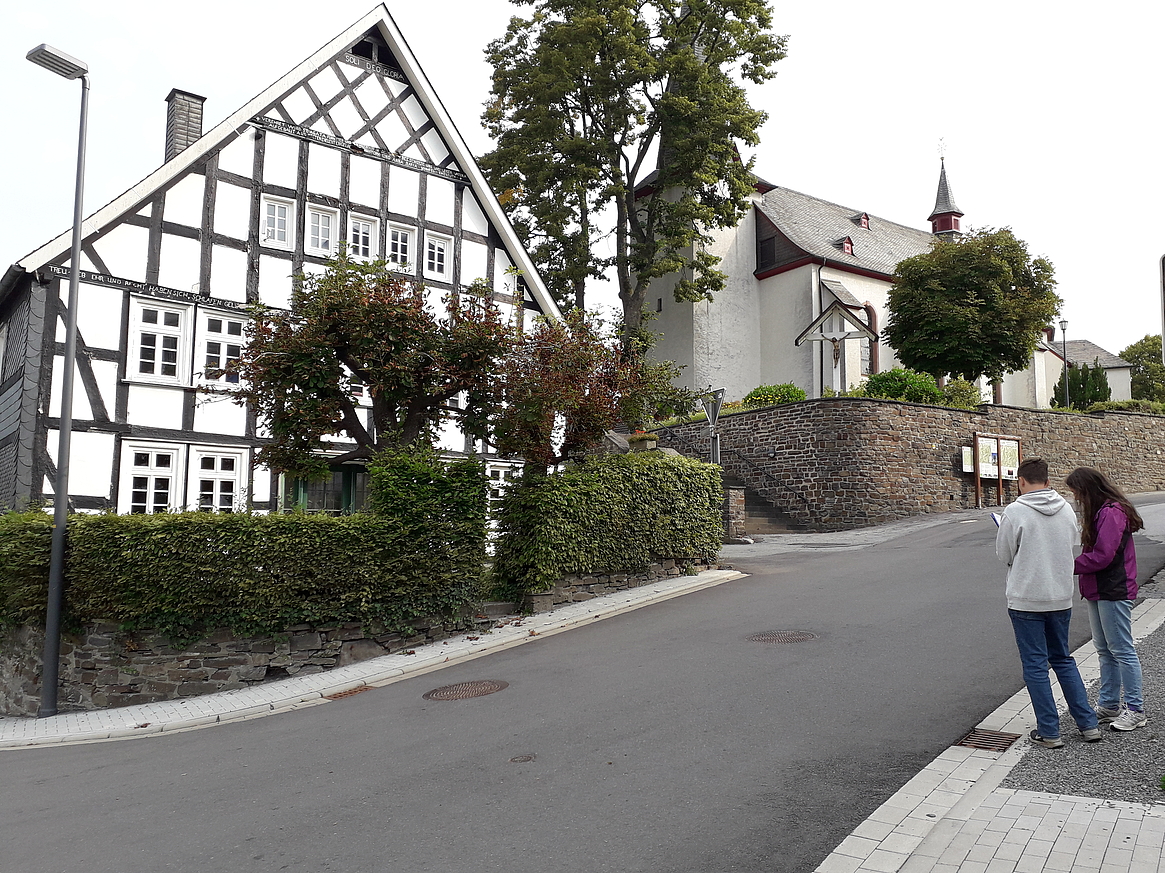
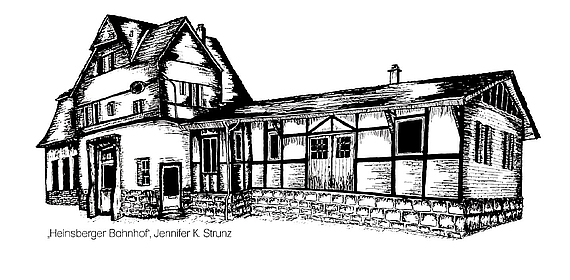
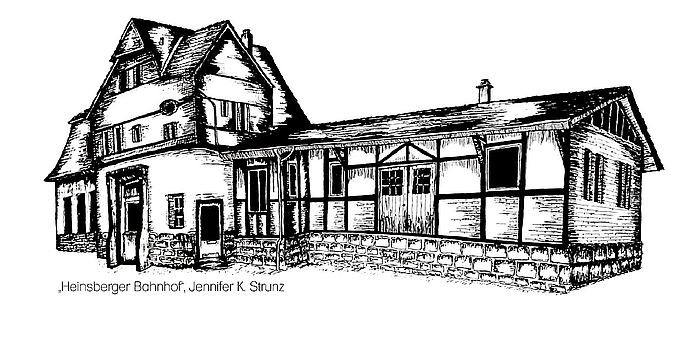
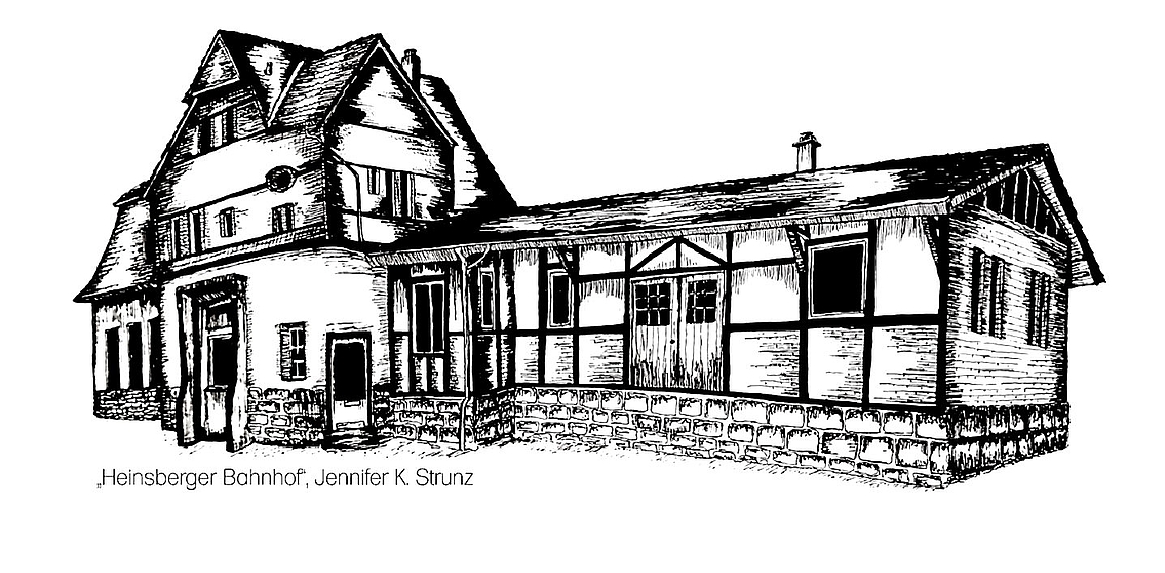



Here, the students met Reinhard Schleimer, who launched the SoLaWi Elspe in 2014. Through Solidarity Farming, the farmer is independent of world market prices, as the cooperative members share the risk, costs and harvest. Today, SoLaWi Elspe has around 60-70 members who each pay 75 euros a month and thus get fresh regional vegetables all year round. After getting to know the farm and the initial information, the students were allowed to help out themselves. Under the guidance of farmer Elmar Duwe, freshly harvested potatoes were picked from the field. The particularly tasty potato variety "Linda" was quickly picked up with the help of many hands. Satisfied and packed with three large potato sacks, the group happily made their way back to the backpackers' hostel. There was no longer any doubt about what would be on the table over the next few days ...
In the evening, the students were invited to a barbecue by the Dorf AG Heinsberg. In addition to hostel warden Christoph Henrichs, they were joined by local curator of local history Hermann Josef Beckmann and the volunteer supervisor of the Heinsberg village archive, Ortrud Heimes. In this way, the students were able to expand their knowledge of village history and current village events in a relaxed atmosphere.
On Wednesday morning, the group hiked up the old drift to the Heinsberger Heide together with 82-year-old Hermann Josef Beckmann. In the past, a shepherd drove the cattle of all the villagers to the higher pastures every day. Using historical maps, Mr Beckmann explained the structural development of Heinsberg. On Heinsberg Heath, an area was visited that had been cleared by the previous year's excursion group as a nature conservation measure. The desired dwarf shrubs, e.g. broom heather (Calluna vulgaris), had not (yet) grown up on the raw soil, but the area was dominated by grasses. The vegetation development will be checked again next year. The hike continued along a section of the Rothaarsteiges and its access roads and past a historic pile site. At the old aqueduct, Mr Beckmann provided information about the construction of the railway branch line through Heinsberg, which was opened in 1914 and existed until 1944. The railway line had to cross the Krenkelsbach at its headwaters. At that time, it was decided to lead the brook over the railway line in an aqueduct. The structure is the only one of its kind in North Rhine-Westphalia and is a listed building.
Back in the village centre, impromptu tasks were distributed to the students. As part of a daily task, part of the group was concerned with the design of a square on Talstraße, which was created by a house demolition in the course of the road extension. The village community would like to have a "welcome square" with a quality of stay for villagers and guests. Another part of the group recorded and documented historical cultural landscape elements in and around Heinsberg as an introduction to a week's work. On this basis, the "landscape character" of the district was to be worked out later.
In the evening, after eating a potato dish, the group visited the Heinsberg Radio Museum. The impressive collection is integrated into the „Museumslandschaft Kreis Olpe“. In this working group, both the institutions run on a voluntary basis by associations or private initiatives and the museums run on a full-time basis by local authorities have joined forces to network with each other, to support each other and to present themselves jointly to the outside world. Owner Reinhard Flöper presented his collectibles with passion. More than 400 old radios, record players and other audio antiques can be viewed here. With Mr Flöper's home-made wine, fruit from his garden and lots of music, the evening came to an end.
On the fourth day, the students were able to experience another kind of engagement. They went from the Sauerland to the south-east bordering Wittgensteiner Land, namely to Dieter Mennekes' private wilderness area of about 400 hectares. During a walk through the area with forest owner Mennekes and forester Markus Gastreich, the possibilities and difficulties of the wilderness area were explained. The regulation of the game population and the slow removal of the spruces as well as the understanding of the visitors and appropriate behaviour play an important role in the development into a wilderness area. Among other things, Mr Mennekes got the students thinking with the following quote: "If every person in Germany consumed 1 gram less per day, 80 tonnes less mass would have to be moved per day!" Basically, this means that even without owning a wilderness area, every individual can make their contribution to environmental protection by consciously using food, cosmetics, clothing and other goods. And just if Mr Mennekes with his wilderness area gets people to perceive, think about and value natural processes, he will have come closer to his goal of protecting "nature".
After the last breakfast in the cosy backpackers' hostel, the group set off again towards Hanover on Friday morning. They made one last stop in Finnentrop, at „Chilimann“ Ralf Rickerts place. Having recently moved back to his home town from Hanover, he was already able to present the students with a wealth of different chilli varieties that he grows in his garden. A tasting was not left out - to the chagrin of one or the other taste bud: everything up to spiciness level 10 was allowed to be tested. Ralf Rickert has just taken the step into self-employment. He already supplies his products to weekly markets and upmarket restaurants. He plans to expand his chilli cultivation and operate it as permaculture. With his great passion and the "green thumb" described by his wife, nothing should stand in the way of this dream.
Full of new impressions, the group started the return journey to Hanover. If there was one thing the students agreed on, it was that the Sauerlanders they met were open and extremely friendly, but above all committed people with interesting and impressive life works. The relaxed and almost familiar atmosphere during the various visits made the whole excursion a great experience, and so it is not surprising that some students have already taken part in "the Sauerland excursion" for the second time.
Text: Freya Fliege & Greta Wienrich
Report in the Sauerlandkurier, edition Lennestadt-Kirchhundem, from 12 September 2018.
Report in the Westfalenpost, edition Olpe district, from 28 September 2018













